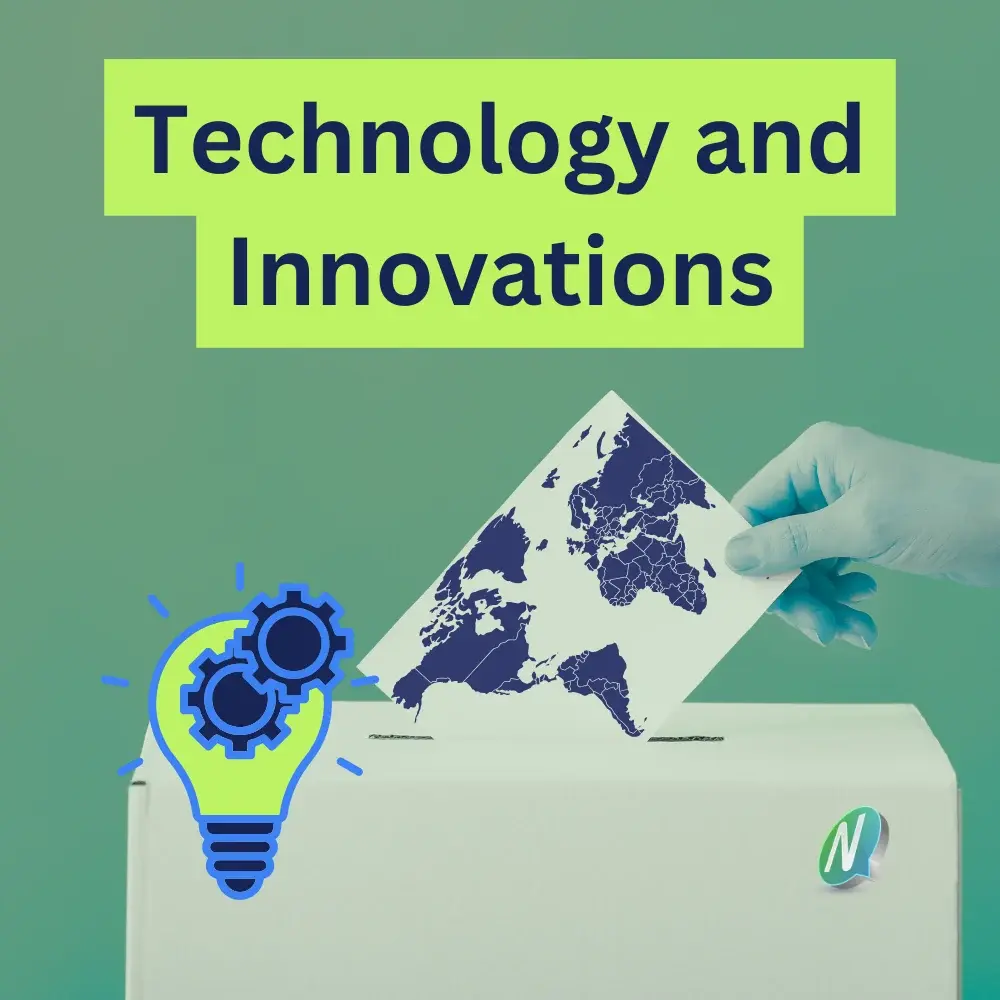How election integrity is ensured in online elections.
Technology & Innovations in Online Voting
The world of digital voting technology is evolving rapidly. New technologies such as artificial intelligence, blockchain, and advanced encryption methods are opening up innovative possibilities for more secure, efficient, and user-friendly online voting. At the same time, new opportunities for automating and optimizing voting processes are emerging—along with risks.

Future technologies in implementation
Artificial intelligence will soon revolutionize election organization. Automated systems can manage voters, optimize communication, and even assist with evaluation. The NemoAI Election Manager will demonstrate how AI-supported tools can significantly simplify the work of election organizers—from the automatic creation of electoral rolls and ballots to the integration of association meetings.
End-to-end verifiable systems open up a new level of security for online elections. They allow each vote cast to remain anonymous, but can still be cryptographically verified by voters and auditors. This prevents manipulation without requiring blind trust in a central authority. New procedures such as verifiable counts, device checks, and concepts such as “everlasting privacy” create transparency and security – even in the face of future threats such as quantum computers. The BSI published a study on this topic 2024 – now in 2025 and 2026 it is up to providers to implement the technologies.
Innovation meets practice
Despite all the enthusiasm for new technologies, practical applicability remains crucial. The most innovative solution is useless if it is too complex for election organizers or too difficult for voters to understand. That is why leading providers are focusing on implementing complex technologies in such a way that they work in the background and improve the user experience without complicating it.
The future of digital voting will be shaped by intelligent, self-learning systems that adapt to the needs of their users. At the same time, standards for interoperability and security will continue to be developed to enable the seamless integration of different voting systems.
In this guide section, you will learn everything about current and future technologies in the field of online voting:

